1935 BUGATTI TYPE 57 VENTOUX FIXED HEAD COUPE COACHWORK BY CARROSSERIE BUGATTI Chassis No. 57280 Engine No. 192 Two-tone black and yellow with beige leather upholstery Engine: straight eight, twin overhead camshafts, sixteen valves, twin-choke Stromberg UUR2 updraft carburettor, coil ignition, 3257cc, 135bhp at 4500 rpm; Gearbox: four-speed manual; Suspension: beam front axle with semi-elliptic springs, live rear axle adjustable friction shock absorbers front and rear; Brakes: finned drums front and rear actuated by an automatically compensating cable system. Right hand drive. The Type 57 was the last production model manufactured by Bugatti at Molsheim in Alsace. It was introduced in 1934 and accounted for the great bulk of the company's output until car production ceased on the outbreak of war in September 1939. Although retaining many traditional Bugatti features, in fact the model was entirely new from stem to stern. Its twin camshaft engine was the first, and indeed the only, design of this layout to be produced in really significant numbers at Molsheim. For the first time on a Bugatti the gearbox was integral with the engine, being mounted conventionally on a bell-housing rather than as a completely separate unit. Futhermore, its gears were selected by dogs, rather than by the direct meshing of gear teeth as previously. The Type 57 chassis was larger than that of earlier models of similar engine size, and so was well able to accommodate more commodious coachwork. As well as supplying complete chassis to outside coachbuilders, Bugatti offered a range of four factory-designed styles built either in-house or by local coachbuilders Gangloff of Colmar. The Galibier was a four-door saloon, the Ventoux a two-door coupe, the Stelvio a cabriolet and the Atalante a two-seater coupe. Coachwork for all the Ventoux coupes was manufactured in the Molsheim factory. This particular example was invoiced by the factory on 13th August 1935 for delivery to the French agent Groslambert, who in turn supplied it to its first owner named Tramu. The next recorded owner was a Parisian named Ogliastro, but by 1962 it had passed into the ownership of H.W. Groenwegen of Rotterdam. It was then green in color, and was later placed on display at the Leidschendam Museum in Holland. In November 1975 this car was auctioned by Christie's Amsterdam for some Dfl 44,080. At this time the car was described as an unrestored yet complete and original specimen. The buyer on that day was a gentleman from Switzerland who quickly joined the Bugatti Owners Club (based in the UK) in order to source advice and parts that would be needed for the restoration. Two photographic files and a large file of correspondence will be available at Tarrytown for prospective buyers to inspect. The correspondence, although largely in German, is highly detailed and (along with the photographs) reveals the meticulous nut and bolt rebuild that this Bugatti underwent. The body was fully removed from the chassis and the metal body panels were removed from the wood frame. The frame was repaired where necessary, and some re-skinning and replacement metal was used in areas where it was beyond economic repair. Clearly the chassis and all mechanical components were stripped and rebuilt to the highest degree. There are some highly detailed photographs of components such as the engine undergoing the restoration and rebuild. It would appear that no expense whatsoever was spared during this work. Many specialist jobs, such as rebuilding the instruments, were farmed out to professionals in their various fields, in this case Vintage Restoration of England. In total the restoration took some nine years to complete. Since this exquisite rebuild was completed the car has had limited use and today can still be regarded as in concours condition. The owners have shown and driven this stunning Ventoux to a number of events. The car is coming to Tarrytown direct from Switzerland. It has remained in the
1935 BUGATTI TYPE 57 VENTOUX FIXED HEAD COUPE COACHWORK BY CARROSSERIE BUGATTI Chassis No. 57280 Engine No. 192 Two-tone black and yellow with beige leather upholstery Engine: straight eight, twin overhead camshafts, sixteen valves, twin-choke Stromberg UUR2 updraft carburettor, coil ignition, 3257cc, 135bhp at 4500 rpm; Gearbox: four-speed manual; Suspension: beam front axle with semi-elliptic springs, live rear axle adjustable friction shock absorbers front and rear; Brakes: finned drums front and rear actuated by an automatically compensating cable system. Right hand drive. The Type 57 was the last production model manufactured by Bugatti at Molsheim in Alsace. It was introduced in 1934 and accounted for the great bulk of the company's output until car production ceased on the outbreak of war in September 1939. Although retaining many traditional Bugatti features, in fact the model was entirely new from stem to stern. Its twin camshaft engine was the first, and indeed the only, design of this layout to be produced in really significant numbers at Molsheim. For the first time on a Bugatti the gearbox was integral with the engine, being mounted conventionally on a bell-housing rather than as a completely separate unit. Futhermore, its gears were selected by dogs, rather than by the direct meshing of gear teeth as previously. The Type 57 chassis was larger than that of earlier models of similar engine size, and so was well able to accommodate more commodious coachwork. As well as supplying complete chassis to outside coachbuilders, Bugatti offered a range of four factory-designed styles built either in-house or by local coachbuilders Gangloff of Colmar. The Galibier was a four-door saloon, the Ventoux a two-door coupe, the Stelvio a cabriolet and the Atalante a two-seater coupe. Coachwork for all the Ventoux coupes was manufactured in the Molsheim factory. This particular example was invoiced by the factory on 13th August 1935 for delivery to the French agent Groslambert, who in turn supplied it to its first owner named Tramu. The next recorded owner was a Parisian named Ogliastro, but by 1962 it had passed into the ownership of H.W. Groenwegen of Rotterdam. It was then green in color, and was later placed on display at the Leidschendam Museum in Holland. In November 1975 this car was auctioned by Christie's Amsterdam for some Dfl 44,080. At this time the car was described as an unrestored yet complete and original specimen. The buyer on that day was a gentleman from Switzerland who quickly joined the Bugatti Owners Club (based in the UK) in order to source advice and parts that would be needed for the restoration. Two photographic files and a large file of correspondence will be available at Tarrytown for prospective buyers to inspect. The correspondence, although largely in German, is highly detailed and (along with the photographs) reveals the meticulous nut and bolt rebuild that this Bugatti underwent. The body was fully removed from the chassis and the metal body panels were removed from the wood frame. The frame was repaired where necessary, and some re-skinning and replacement metal was used in areas where it was beyond economic repair. Clearly the chassis and all mechanical components were stripped and rebuilt to the highest degree. There are some highly detailed photographs of components such as the engine undergoing the restoration and rebuild. It would appear that no expense whatsoever was spared during this work. Many specialist jobs, such as rebuilding the instruments, were farmed out to professionals in their various fields, in this case Vintage Restoration of England. In total the restoration took some nine years to complete. Since this exquisite rebuild was completed the car has had limited use and today can still be regarded as in concours condition. The owners have shown and driven this stunning Ventoux to a number of events. The car is coming to Tarrytown direct from Switzerland. It has remained in the

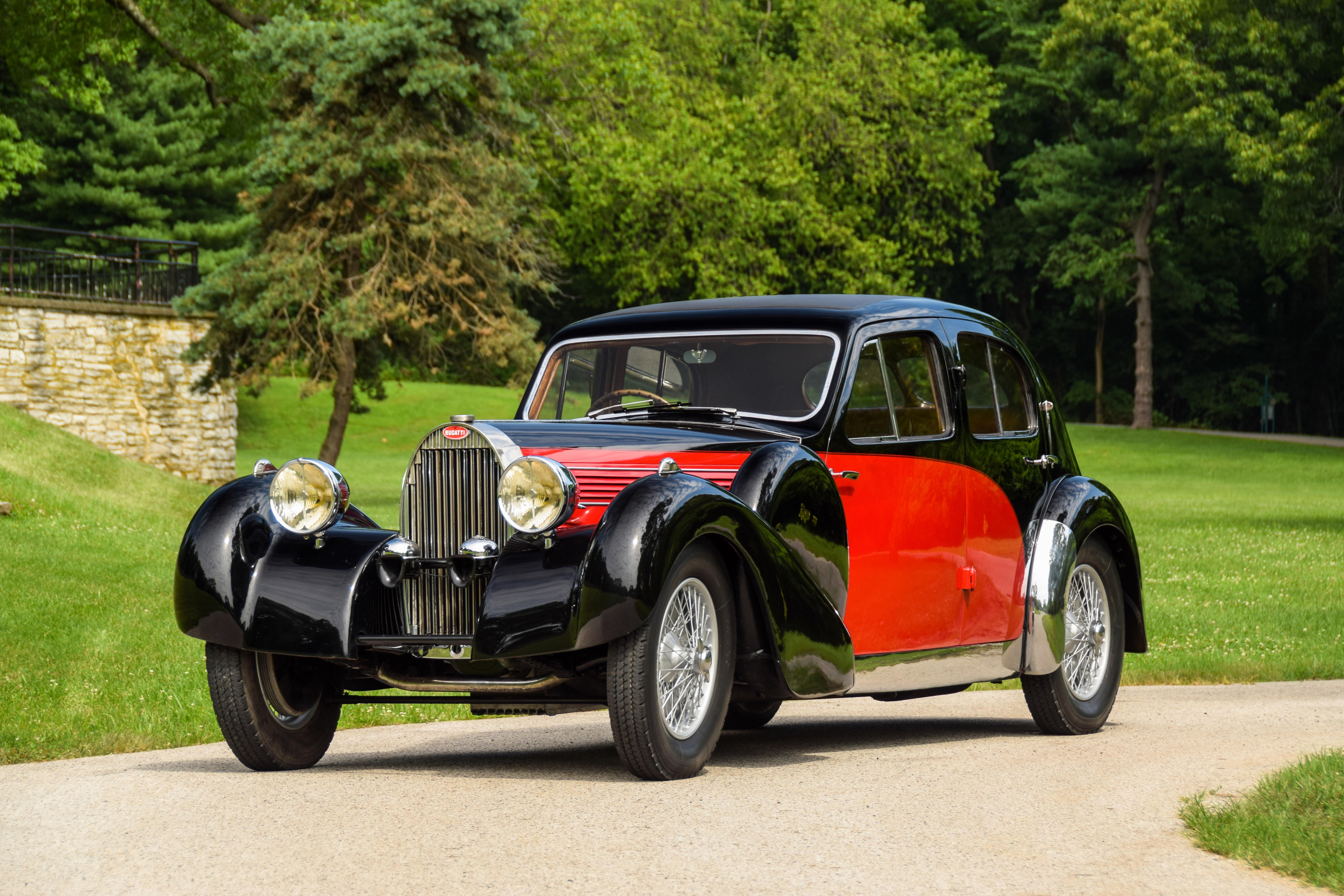

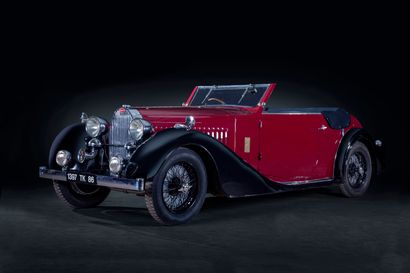
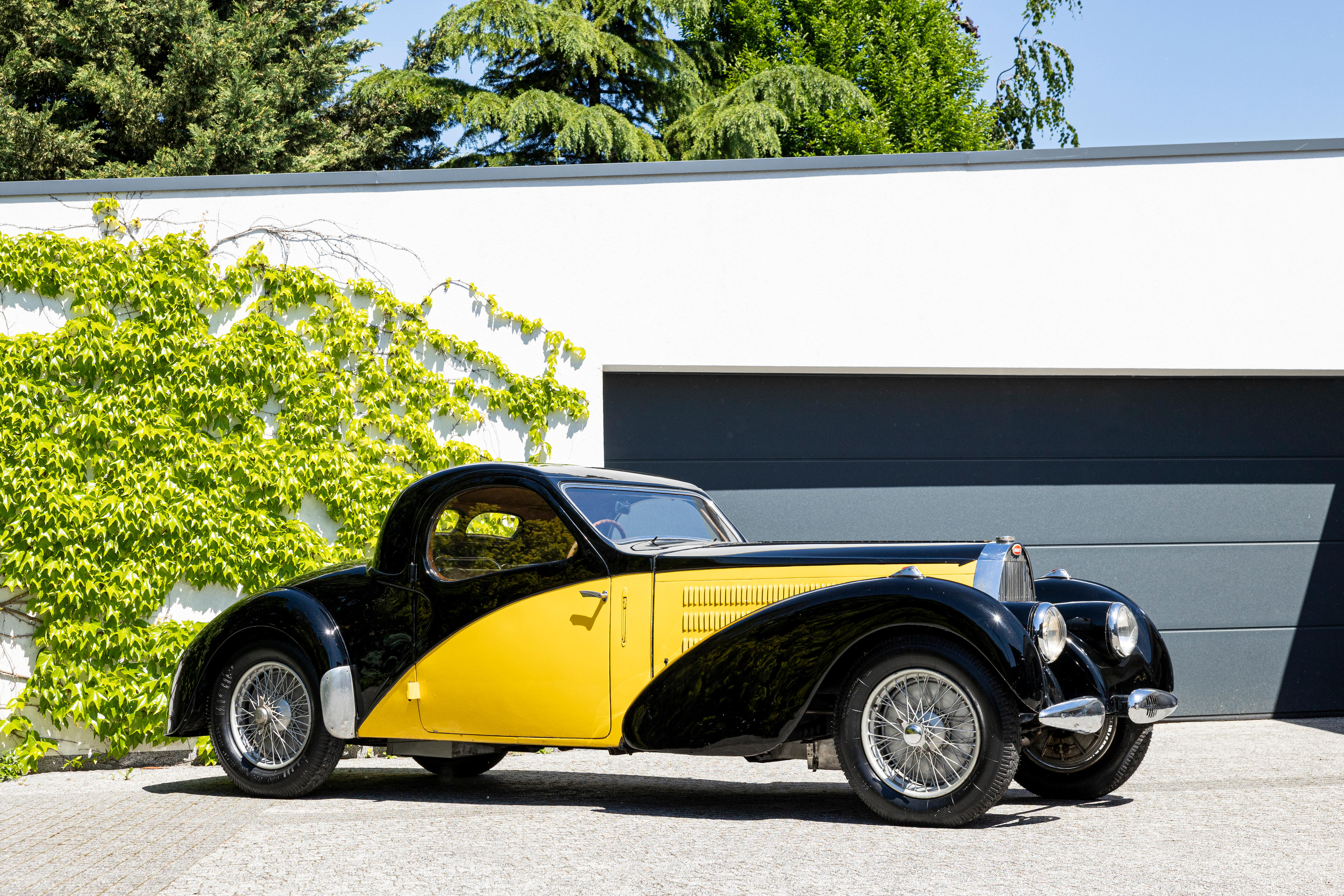



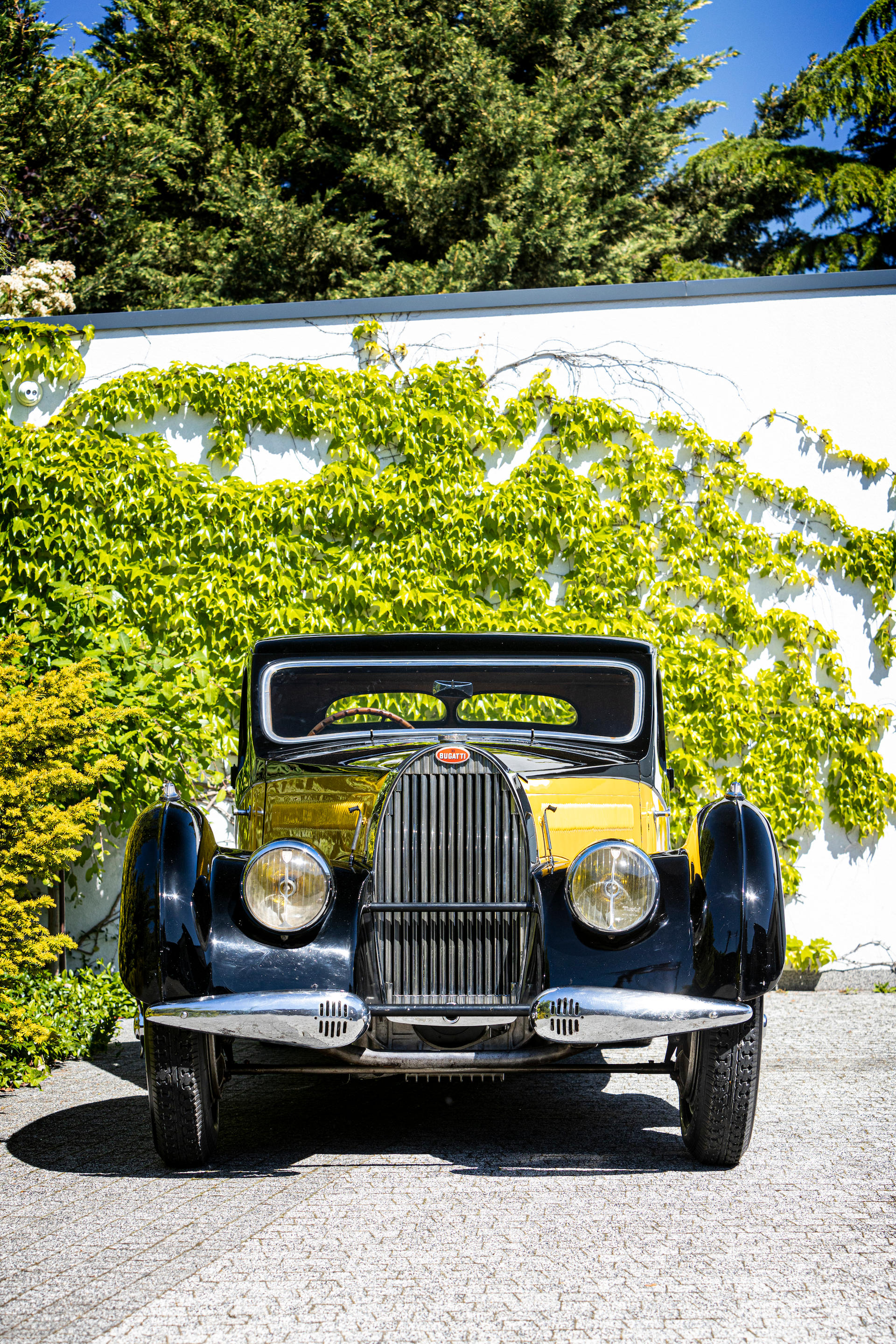

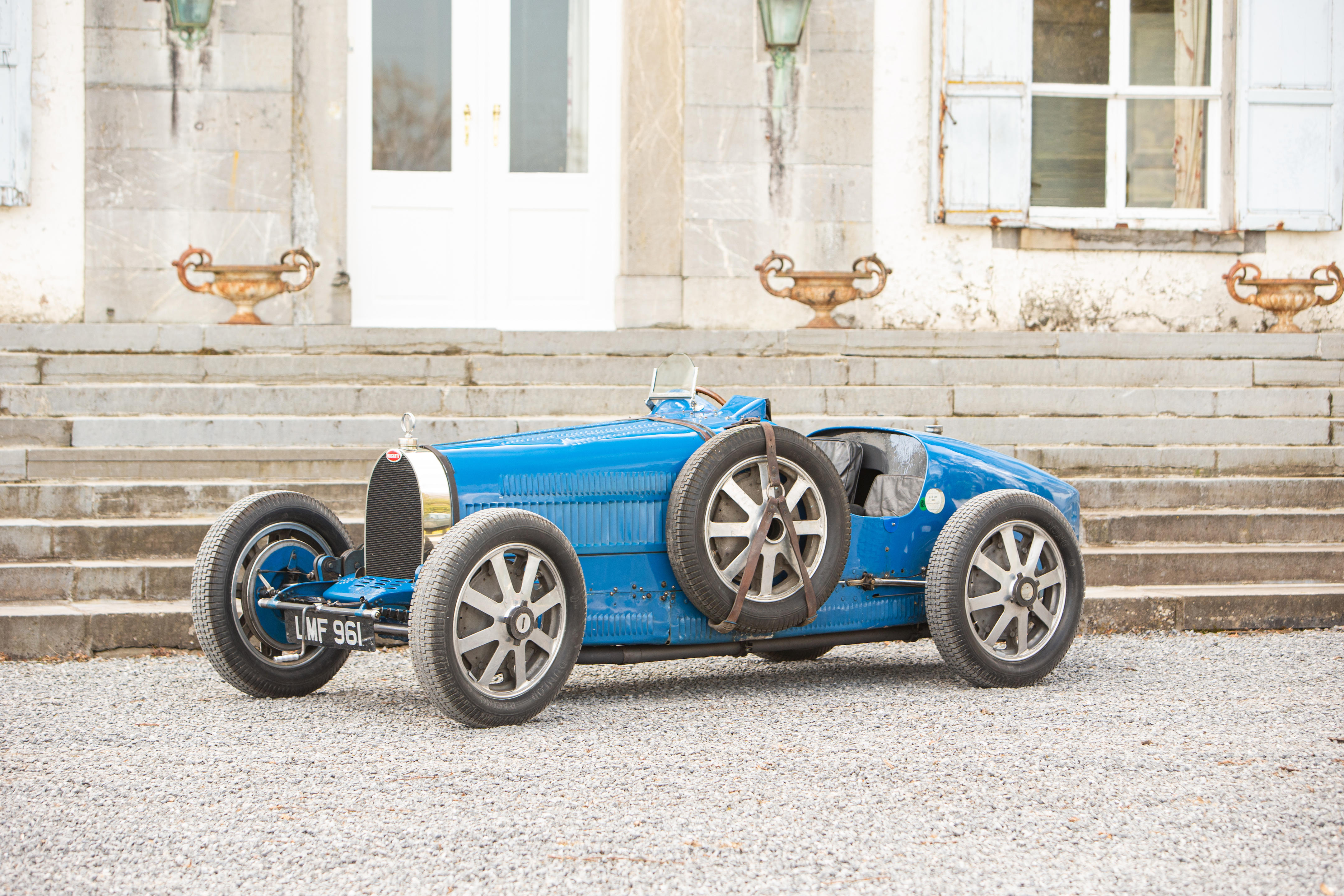
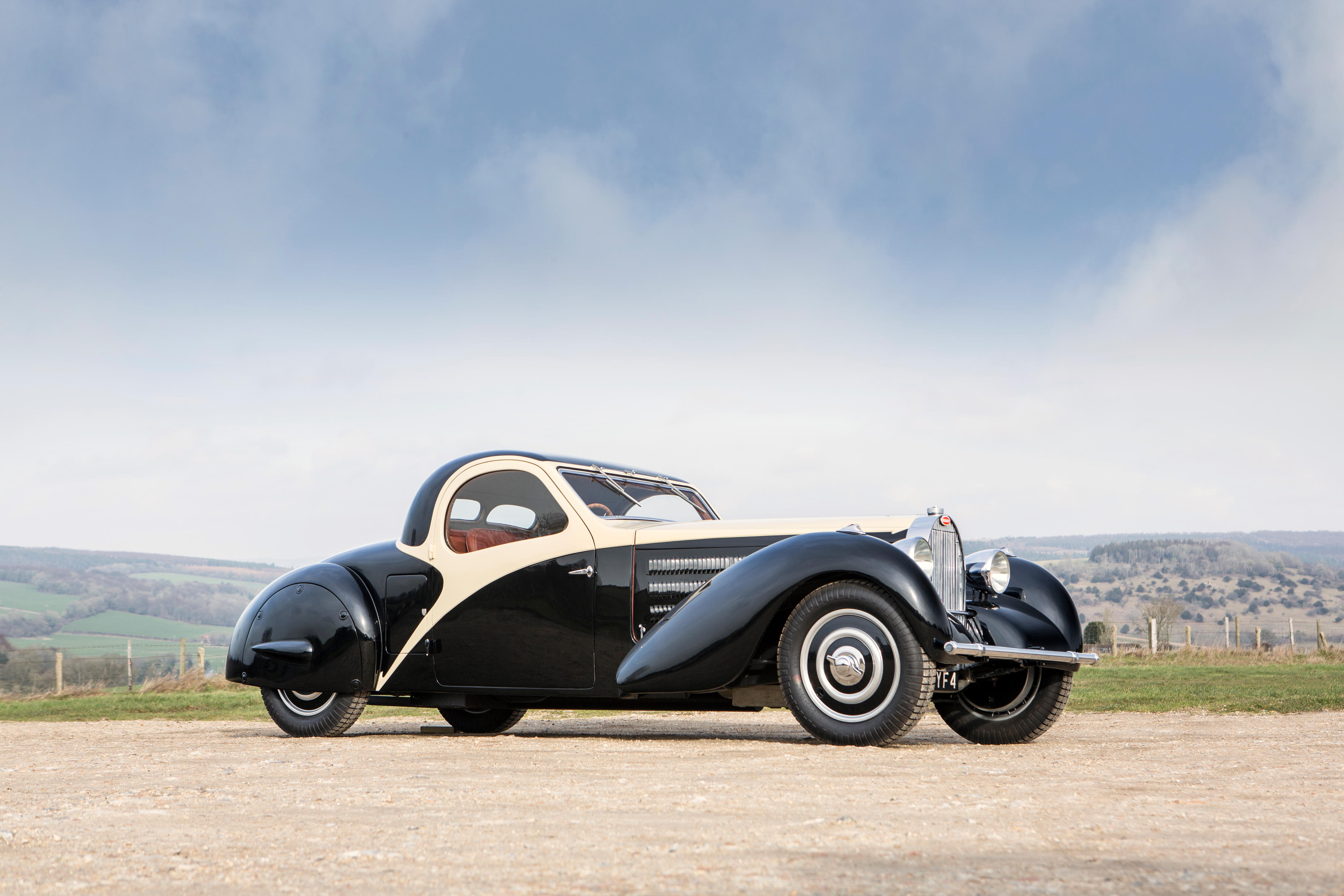

Testen Sie LotSearch und seine Premium-Features 7 Tage - ohne Kosten!
Lassen Sie sich automatisch über neue Objekte in kommenden Auktionen benachrichtigen.
Suchauftrag anlegen